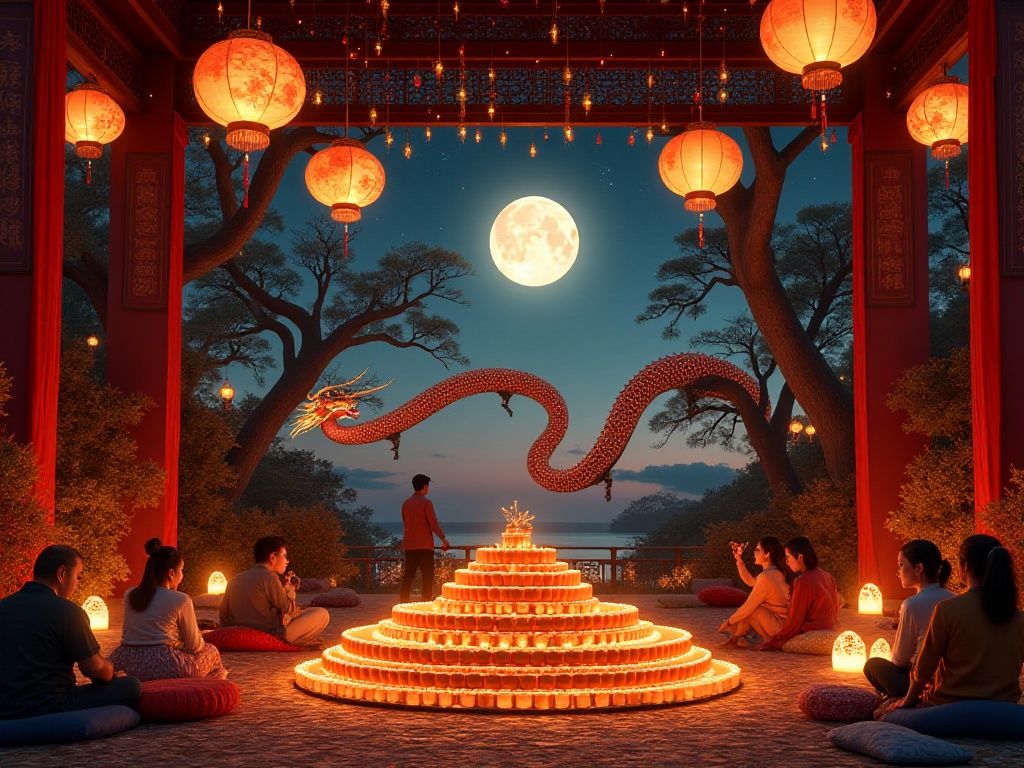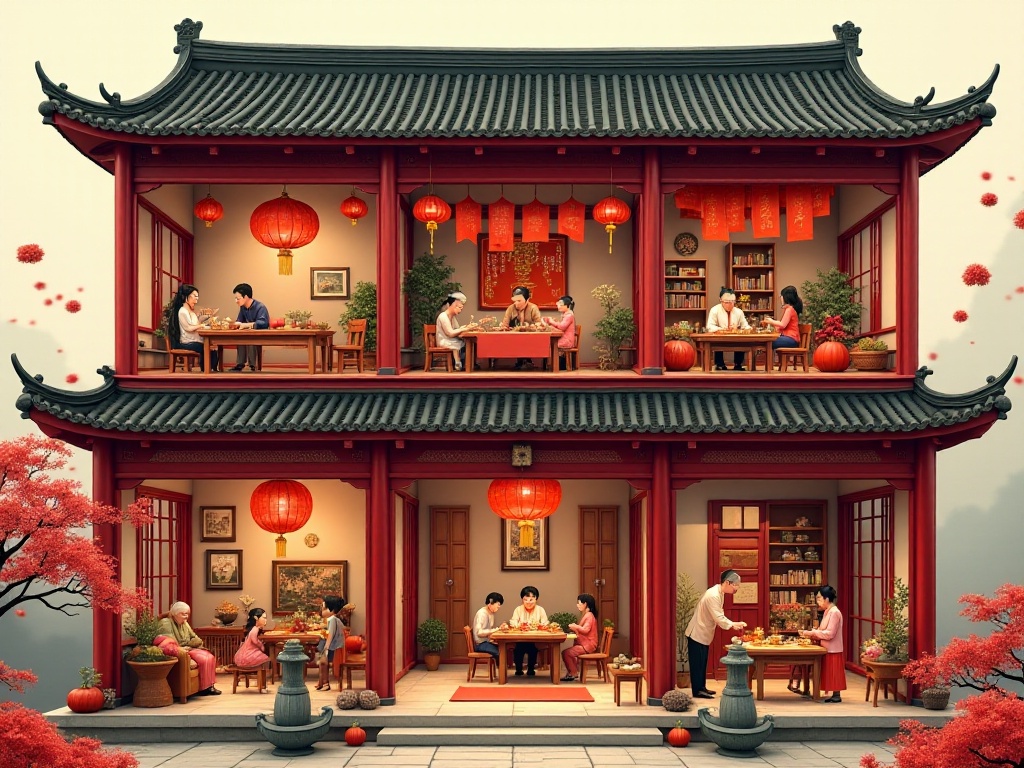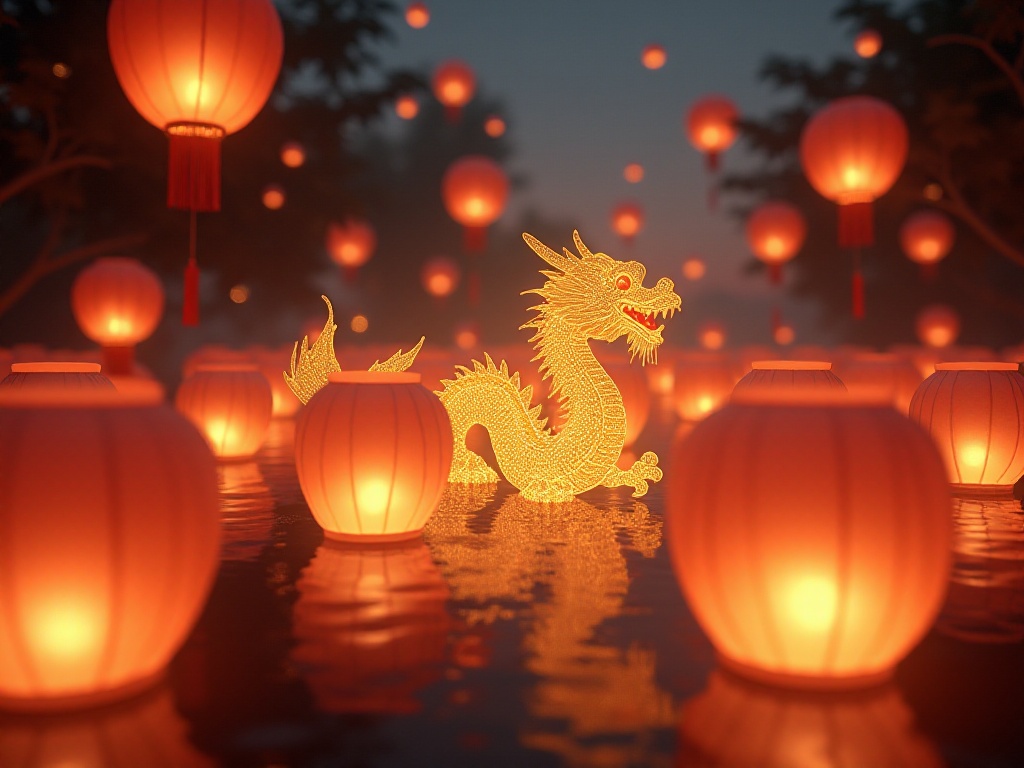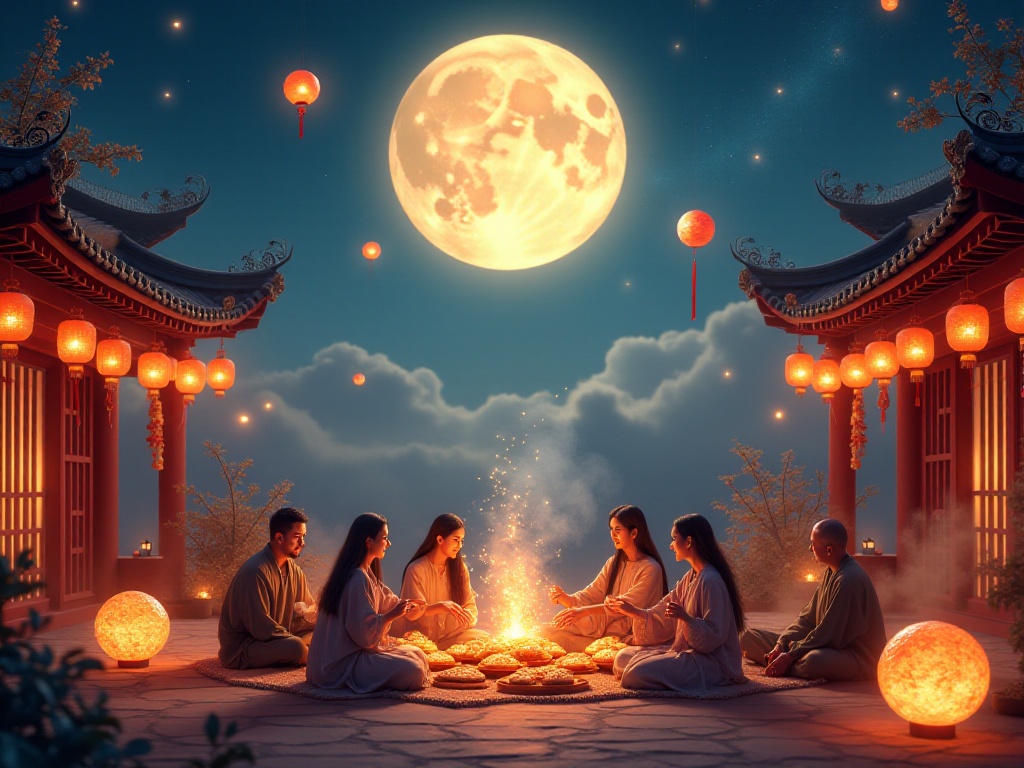Opening Thoughts
As someone born after 1995, I've always had a special connection to Spring Festival. As a child, I looked forward to it the most, not just for the lucky money, but for the strong festive atmosphere. Now that I'm working, every time I head home for Spring Festival, I recall memories of preparing for the New Year with my family. Behind those seemingly ordinary customs lie many interesting stories. Today, let me share the cultural codes behind Spring Festival customs from a young person's perspective.
Pre-Festival Preparations
On the twenty-ninth day of the twelfth lunar month, our family begins the big house cleaning. Mom particularly values this tradition, saying it's meant to sweep away the bad luck from the entire year. I found it troublesome as a child, but now that I'm working, I understand it's an attitude toward life. Cleaning isn't just about cleanliness; it's more of a spiritual ritual. Making the house look brand new is like hitting a reset button on our lives, allowing us to start fresh in the new year.
I remember taking a day off last year on the twenty-ninth to help with the big cleaning. Early in the morning, Mom started assigning tasks: I was responsible for windows and balcony, Dad for cleaning hard-to-reach spots, while Mom took charge of the kitchen. Though exhausting, seeing the refreshed house brought a special sense of achievement. In the evening, we went to pay respects to our ancestors, a tradition passed down through generations in our family. Standing before the ancestral graves, watching the rising incense smoke, one could feel the power of blood ties.
The customs of cleaning and ancestor worship date back to the Shang Dynasty. People would hold grand sacrificial ceremonies at year's end, praying for good weather in the coming year. This tradition has continued for over three thousand years. Although the way we worship ancestors may be simpler now, the respect and remembrance for our forebears remain constant.
Many young people today might find these traditions troublesome, but I think it's precisely these "troublesome" things that add warmth and meaning to our lives. For instance, when preparing sacrificial offerings, our whole family discusses what to buy, which becomes a process of family communication and interaction.
Shopping for New Year goods has also changed significantly. Instead of going from store to store, we can now buy various items online with just a few clicks and have them delivered home. However, I think personally shopping for New Year goods is still interesting. I remember accompanying Mom to the market last year, seeing the array of goods, smelling various ingredients - an atmosphere you can't experience through online shopping.
Besides these, we need to put up Spring Festival couplets and lanterns before the New Year. Now couplets are printed, but in my grandfather's generation, they had to find educated villagers to write them. Grandpa said the couplet writers were highly respected back then, as they needed both good handwriting and knowledge of paired verses. Although few people handwrite couplets now, the process of selecting and putting them up remains ceremonial.

New Year's Eve Celebration
Speaking of Spring Festival celebrations, New Year's Eve is undoubtedly the most lively. In our area, the festivities begin in the afternoon. Dragon and lion dance teams are everywhere on the streets, with firecrackers and gong drums sounding back and forth. The dragon dance tradition is particularly interesting - it's not just a performance but an ancient way to ward off evil and disasters.
I remember watching the dragon dance in my hometown last year; the entire street was packed with people. Many young people were among the dragon dance team, wearing red performance costumes and leaping with the drum beats, making the golden dragon come alive in their hands. The most exciting part is the "dragon chasing the pearl" segment, where the team chases a large red ball, symbolizing the dragon pursuing a bright pearl and predicting good fortune for the coming year.
New Year's Eve dinner is also interesting now. While people used to eat at home, many now choose to book private rooms in restaurants. But regardless of location, family reunion is most important. Last year, we tried hosting New Year's Eve dinner at home, with everyone contributing a dish. I made sweet and sour ribs, Mom made dumplings, Dad cooked his specialties, and even my sister, who rarely cooks, took charge of the fruit platter. Though perhaps not as refined as restaurant dishes, the harmonious atmosphere was something restaurants couldn't provide.
Giving red envelopes is also an essential part of New Year's Eve. Red envelope forms have become increasingly diverse, including traditional paper ones and convenient digital versions. But regardless of format, the joy of receiving red envelopes never changes. I remember as a child, receiving red envelopes from elders on New Year's Eve - that feeling of anticipation and excitement still feels wonderful to recall.
Putting up Spring Festival couplets is another important New Year's Eve activity. Although most couplets are printed now, the process of selecting and hanging them remains interesting. Last year, when putting up couplets with Dad, he specially brought a small ladder and carefully measured the positions, worried about hanging them crooked. When I asked why he was so meticulous, he said the couplets represent the family's wishes, so they must be treated seriously.
Food Culture
Spring Festival food culture is truly profound. In the North, dumplings are the star of New Year's Eve dinner. Making dumplings is a whole-family activity. Last New Year's Eve, we started preparing dumplings in the afternoon. Mom and I were responsible for making and rolling the dough, while Dad and my sister prepared the filling. While making dumplings, the whole family chatted around the table in harmony.
Interestingly, in many Southern regions, New Year's cake is the star of New Year's Eve dinner. "New Year's cake" sounds like "year high" in Chinese, meaning each year gets better. I have a roommate from Guangdong whose family must eat New Year's cake during the festival. He said he most looked forward to his mother's steamed New Year's cake as a child - soft, sweet, and particularly delicious.
Besides these main dishes, many symbolic dishes appear on the New Year's Eve dinner table. For example, fish symbolizes having surplus every year; black moss symbolizes wealth; longevity noodles symbolize long life. These foods not only satisfy our taste buds but also carry people's hopes for a better life.
New Year's Eve dinners may be more diverse now than before. Besides traditional home cooking, there are some innovative dishes. But no matter how the dishes change, the meaning of New Year's Eve dinner remains unchanged - it's still an important moment for family reunion and harmony.

Festival Origins
The history of Spring Festival can be traced back to sacrificial activities in the Shang Dynasty. People would hold grand sacrifices at year's end, praying for good weather in the coming year. This tradition continues today, and although the form may be simpler, the intention of seeking blessings remains unchanged.
By the Han Dynasty, Spring Festival had developed into a major national holiday. A relatively complete celebration system had formed, including sacrifice, reunion, and celebration components. These traditions continue today, becoming an indispensable part of our culture.
The evolution of Spring Festival actually reflects our social development. For example, New Year preparations used to take a long time, but now online shopping makes it much more convenient; people used to travel long distances to return home for New Year, but now improved transportation makes it easier; real firecrackers used to be set off, but now many places use electronic ones. However, regardless of how forms change, the tradition of family reunion during New Year remains unchanged.

Cultural Inheritance
In today's fast-paced modern society, Spring Festival customs are indeed changing. For instance, many red envelopes have become digital; many people choose to have New Year's Eve dinner in restaurants; many New Year greetings are done through video or WeChat. But these changes don't mean the disappearance of traditional culture; rather, they represent keeping up with the times.
As the younger generation, we're inheriting these traditions in our own way. We share New Year photos and videos on social media, creatively interpret traditional customs, and tell Spring Festival stories to more people. These new forms of expression give traditional culture new vitality.

Deep Reflection
Looking back at these Spring Festival customs, one can truly feel the profundity of Chinese culture. These customs aren't just formalities; they're cultural inheritance. They carry our memories, connect our emotions, and are an important part of our cultural DNA.
In this era of globalization, maintaining one's cultural characteristics becomes increasingly important. Spring Festival customs are like a bridge connecting past and present, tradition and modernity. What we need to do is appreciate the charm of these traditions and give them new life through innovation.
Every place has its own Spring Festival customs. Like my friend from Chongqing told me they must eat hotpot during New Year; my Fujian friend said they must eat "red peach cake"; my northeastern friend said they must put up the "Fu" character. These local customs make our Spring Festival culture more rich and colorful.




